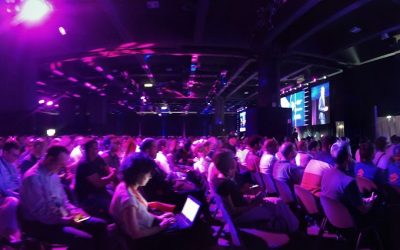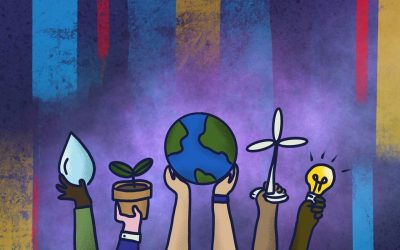WIKIPEDIA’S DEFINITION OF THE INTERNET OF THINGS (IOT) – “THE INTERNET OF THINGS (IOT) IS THE NETWORK OF PHYSICAL DEVICES, VEHICLES, HOME APPLIANCES AND OTHER ITEMS EMBEDDED WITH ELECTRONICS, SOFTWARE, SENSORS, ACTUATORS, AND CONNECTIVITY WHICH ENABLES THESE OBJECTS TO CONNECT AND EXCHANGE DATA”.
1. WHAT’S THE IOT?
The word IoT appeared for the first time in a speech by Kevin Ashton, a researcher of the Massachusetts Institute of Technology, in order to find a suitable name to give to all objects connected to the Internet. Basically, IoT is the name that has been given to refer to digital devices that are connected to the Internet that receive and transmit data. The event has reached unprecedented proportions, so much so that since 2008 there have been more devices connected to the Internet than there are humans.
The IoT market is slamming on the gas pedal, thanks to the useful, refined and convenient solutions currently available. For companies, the IoT presents enticing development options, even at an economic level, and for these reasons the technology has found a fertile ground to grow and expand on. Therefore, we could call it a large-scale transformation that can be also used to effectively improve business.
2.WHAT DO WE USE THE IOT FOR?
Even though the Internet of Things seems to be a difficult concept to grasp, this technology has been around for many years and it’s very likely that many among you will own products that can be identified as pertaining to this technology. The IoT has literally entered our homes, our cars, we “wear it”, and we let this system, one way or another, reshape the world in which we live and work, by “stuffing” it with data and statistics.
Sure enough, many of you have thought about the possibility to ask directly to your fridge about what food you’re running out in order to buy some more (and what a useful appliance that would be!), or to ask your oven to bake one of your favorite and delicious recipes, or to ask your TV-set to show you a particular program. And think about your stereo-system – wouldn’t it be brilliant to be able to ask it to play a compilation that mirrors your current mood? When you think of it, you see that all these possibilities are not so far-fetched and that they may turn into reality in the near future.

Other connected “objects” can be identified in the wristwatches that gather information and send it to our phones while we walk or workout, smart bracelets that control sleep-time and wake-time, appliances that monitor people’s behaviors and animals’ behavior too.
Shifting the focus to companies, the IoT provides a number of sensors that can be used to monitor thermostats, in order to obtain motion and presence measurements, wireless devices and applications that reduce energy waste. These applications transform working environments into smart, personalized, automated and sustainable ones. We’re talking about Smart Offices that call for an optimization in the use of working spaces and that transform the way people work in the office, making it “smarter”. Everything that we’ve said is possible thanks to a bundle of technologies like EMS (Energy Management System), BMS (Building Management System) as well as Space Management solutions. Interlogica is currently developing new solutions and implementations for all these technologies.
CONCLUSIONS
Here we conclude our first but meaningful glimpse at the IoT world. On the next episode, we will talk more about this technology, by bringing some practical examples into the discussion. What is more, we’ll also talk about cyber-security issues related to this unprecedented turn of events.



